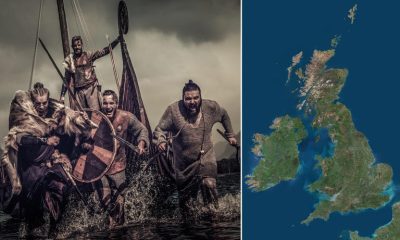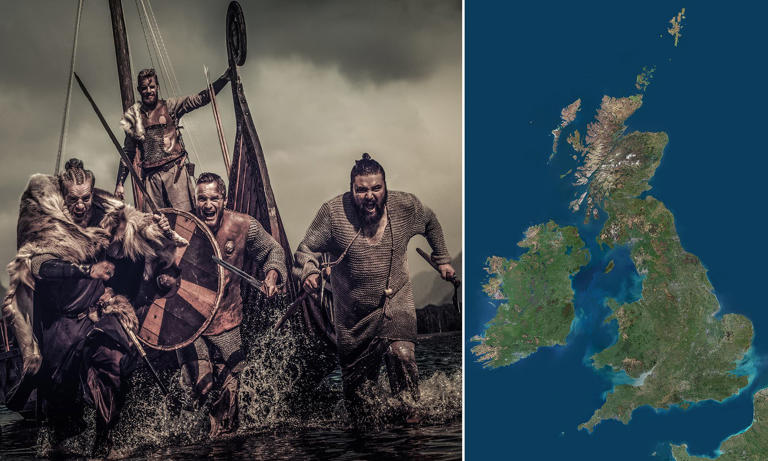Revelatory new DNA analysis has suggested that people with Nordic heritage could be found in Britain centuries before the Vikings first arrived.
According to this new analysis, the Nordic presence in the UK even pre-dates the arrival of the Anglo-Saxons on these shores, with the first Scandinavian settlers in the UK thought to have fought as gladiators.
The findings stem from the discovery of remains in York, which upon further research was found to have lived at some stage between the second and fourth centuries AD.
The Vikings first arrived in Britain in 793 AD, while the Anglo-Saxons’ first noted presence was in 449 AD, therefore suggesting that Nordic genes were the earliest to appear in Britain.
Researchers from the Frances Crick Institute in London used high-tech DNA analysis to help identify three separate waves of migration in Europe roughly two millennia ago.
The first wave saw people migrate from parts of Northern Germany and Scandinavia southwards into central Europe over the first 500 years AD.
Britain was not the only area with a significant Scandinavian DNA found during this period though, with Germany, Italy, Poland and Slovakia all offering up similar results.
It is this Nordic influence which saw the evolution of the modern English and German languages.
Inverse migration also occurred according to the new research, with some Europeans moving northwards into Scandinavia. This is known due to the analysis of teeth fragments found in Sweden.
During what remains the most familiar wave of migration, the Viking hordes settled across Europe, with many battles breaking out particularly in England.
This led to famous battles such as the Battle of Stamford Bridge and the Lindisfarne Priory raids.
In order to collate the data, researchers used a process called Twigstats, which can recreate ancestry by looking at how many genetic mutations are shared between individuals.
‘It allows us to see what we couldn’t before, in this case migrations all across Europe originating in the north of Europe in the Iron Age, and then back into Scandinavia before the Viking Age,’ said Leo Speidel, lead author of the study, who now works at Riken, a scientific institute in Japan.
‘Our new method can be applied to other populations across the world and hopefully reveal more missing pieces of the puzzle.’
Peter Heather, a professor of medieval history at King’s College London, a co-author of the study, said: ‘Historical sources indicate that migration played some role in the massive restructuring of the human landscape of western Eurasia in the second half of the first millennium AD which first created the outlines of a politically and culturally recognisable Europe.
‘But the nature, scale and even the trajectories of the movements have always been hotly disputed. Twigstats opens up the exciting possibility of finally resolving these crucial questions.’
Read more

 Business11 months ago
Business11 months ago
 Politics7 months ago
Politics7 months ago
 SportsNews10 months ago
SportsNews10 months ago
 Politics10 months ago
Politics10 months ago
 Trending2 months ago
Trending2 months ago
 Politics7 months ago
Politics7 months ago
















